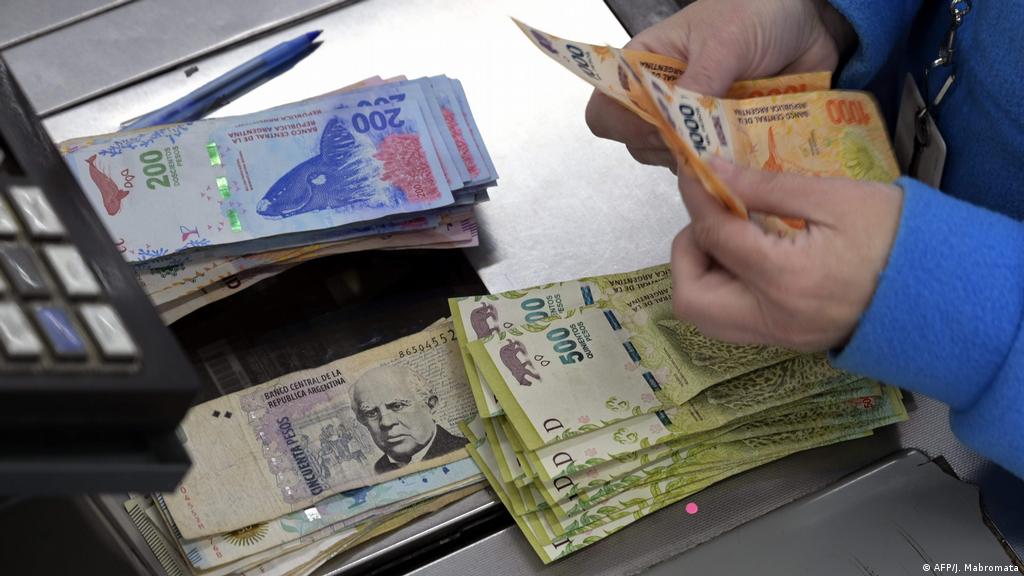An Argentine trader, who years ago headed a leading North American bank, defined in one word what is happening in the world bond market: “massacre”.
The term is not an understatement when one looks at what is happening with England’s debt, which went from yielding 2.75% a month ago to 5% per annum yesterday with a 50% drop in price.
Argentina’s domestic problems cause little attention to be paid to the world market, but these are clearly historical days and refer to past financial crises.

In the United States, bonds went from yielding 3% to 3.85% per annum with losses of 20% in just one month.
Economist Larry Summers, former US Treasury Secretary, was the one who warned about the economic malpractice in England and the presidents of the leading central banks.
Yesterday, in a tweet, he pointed out that “British default insurance assigns a negligible probability to a debt default, but that probability went up significantly”.
He added that he could not recall “a G10 country with so much debt sustainability risk in its own currency”.
In this context, it is difficult for Argentine debt, the provinces, and local companies to stay out of the wave of sales.
Yesterday, the country risk reached a new high in the Massa administration at 2691 points. Even so, corporate debt showed falls of 1% to 3%, while in sovereign debt papers, losses reached 4%.
What can happen with corporate debt? First of all, we must consider that the holders of these papers are more “a finish”; that is to say that those who own them at the time of purchase did so to accrue interest throughout the duration of the bond.
For this reason, given the worldwide fall in bonds, variations are not as high as expected. The other side of the coin is the US funds, which decide to divest themselves of emerging market paper, regardless of prices or coupon accruals.
The yields of Argentine companies in this context increased. YPF 2024 bonds rose to 24% per annum in dollars, a return that may tempt bets, although they may show higher percentages depending on the gravity of the international debt market.
Pampa’s 2029 bonds yield close to 12.5%, while Galicia’s 2026 bonds yield 9% per annum. In Real Estate, IRSA’s 2028 bonds offer a return rate of more than 10%.
An Argentine paradox: as the Central Bank restricted access to dollars, many companies opted to exchange their debt early for new debt with longer terms.
It meant that, for this reason alone, companies’ short-term maturities were reduced. Even so, the global collapse of the debt market is turning on unexpected warning lights at the close of 2022.
With information from Cronista

